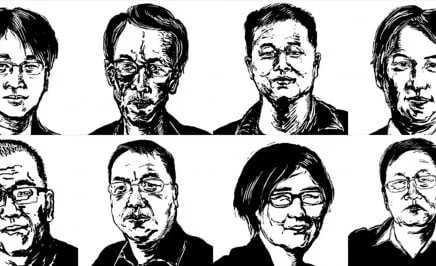Members of Australia’s Tibetan, Uyghur, and Hong Konger communities, along with Chinese human rights activists and Falun Gong practitioners, have the right to protest during Chinese Premier Li Qiang’s visit without fear of violence or reprisal.
Amnesty International Australia expresses its concern about the behaviour of counter-protestors who intimidated and attempted to silence peaceful demonstrators gathered at Parliament Lawns in Canberra this morning.
The actions witnessed by Amnesty International Australia’s Human Rights Observers pose a threat to the right to protest in Australia. That these communities, who suffer significant human rights abuses at the hands of the Chinese Government, are not able to engage in human rights activism without intimidation by counter-protesters is of great concern.
Our recent research has documented that Chinese and Hong Konger students studying at universities worldwide live in fear of intimidation and surveillance as Chinese authorities seek to prevent them from engaging with political issues while overseas. These experiences are shared by members of the Tibetan and Uyghur communities in Australia, many with family members in Tibet and Xinjiang, and have joined the protests today, hiding their faces and disguising in costumes.
The Australian Government and the Australian Federal Police must do more to protect the communities and their right to protest.
Peaceful protest is a fundamental human right. Under international human rights standards, police have a responsibility to respect, protect, and facilitate people’s exercise of their right to protest. This includes ensuring that people can protest safely. There are clear international guidelines that should direct police conduct during protests, and these include separating protesters and counter-protesters.
Our Human Rights Observers noted that the AFP failed to separate protesters and counter-protesters in a safe manner, leading to incidents of violence. The AFP must uphold its responsibility to ensure the safety of all protesters.




